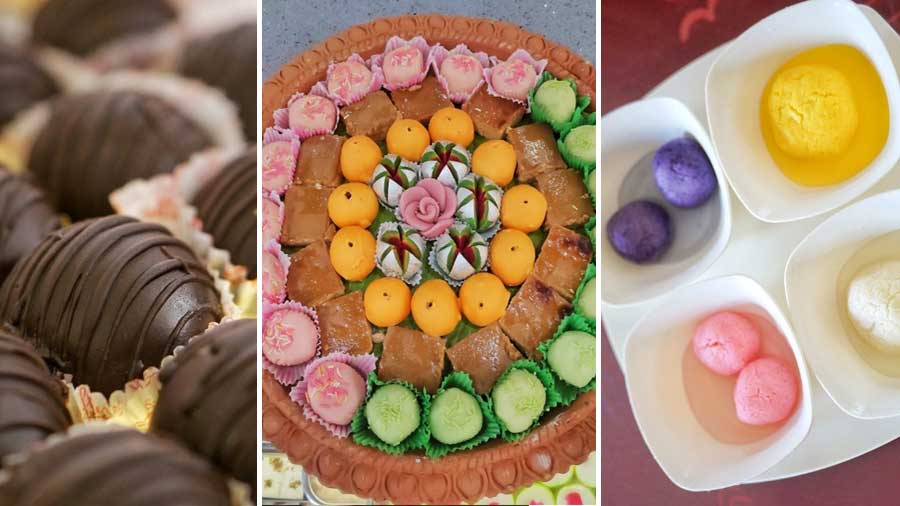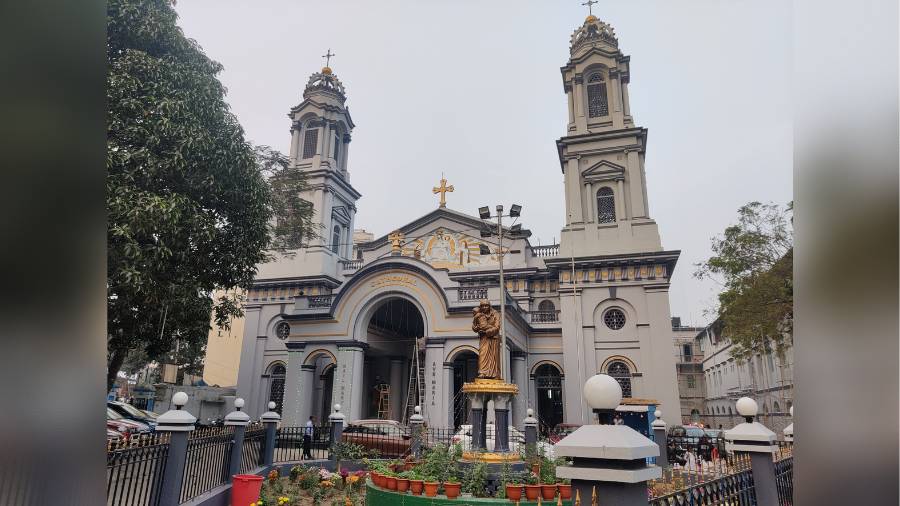In the last two years, DAG has been a catalyst in introducing Kolkata to innovative avenues of self-discovery. The recently concluded third edition of ‘The City As A Museum’ seamlessly continued this tradition, immersing city enthusiasts in the enchanting essence of Kolkata through 10 meticulously curated events spanning from November 17 to 26. With design as the central theme for this edition, My Kolkata participated in four fascinating walks, each step unfolding a distinctive revelation.
Swadeshi Baithakkhana: Unravelling design evolution

Participants admiring different pieces of furniture DAG
Embarking on a journey through Karnani Mansions and Jadunath Bhavan Museum, this event delved into the transformation of furniture design. From Jorasanko and Santiniketan influences to the impact of the Swadeshi movement on living spaces, each step unfolded the rich tapestry of Kolkata's design history.
Mosaic Metropolis: The art beneath our feet
Have you ever wondered how the iconic murals at every metro station came to be? What is the significance behind each platform’s distinct colour scheme? Are the mosaics curating an aesthetic, or telling a story? This session involved answers to all these and more, as DAG undertook a trail through the city’s underground, from Esplanade to Kalighat, exploring the story behind the art that lights up everyone’s daily commute.
Sandesh-er Sandhane: A sweet sojourn through Chitpur Road
Bengal’s most intense love isn’t art or culture. It is mishti. Team DAG organised a walk through the sweet, sweet markets of Chitpur Road, tracing the evolution of milk into sandesh. The group found an entire mishti ecosystem within a 500 metre radius, from the pivotal milk distribution junction to the welding shops that make the iconic sweet trays and milk cans, and even the shops behind the moulds that give sweets their delicate texture. The walk culminated with a visit to Nandalal Dutta, Makhan Lal & Sons, and Nalin Chandra Das & Sons, where enthusiasts immersed themselves in the stories of the jolbhora, while biting into the magical sweet.
Yellow, Blue and Art on the move

Participants getting an insight about the vibrant world of bus art DAG
Most of Kolkata’s buses follow a standardised yellow-and-blue look, and yet, each of them has their own personality. Over the course of a bumpy bus ride from Esplanade to Chetla, DAG explored the vibrant world of bus art. Artists Sumantra Mukherjee and Bazlur Rahaman shared insights into how bus owners and drivers infuse personality into their vehicles with colours and paintbrush strokes.
Sumona Chakravarty, Vice-President of Museums at DAG, eloquently shared, “The interactive walks throughout the city during the festival enable us to delve into the ways artists contribute to the broader landscape of cultural production. These explorations weave intricate connections between diverse creative practices, whether it's the artisans of Battala, the craftsmen behind sweet delights, or the muralists of Santiniketan collaborating with the vibrant tapestry of the Kolkata Metro. The walks compel us to scrutinise the seemingly ordinary, illuminating the creative impulses and skills that often go unnoticed, from the captivating art on buses to everyday objects like the 'mora.' In essence, they contribute to the enrichment of our daily lives and experiences, unveiling the hidden stories behind the facets we often take for granted.”


